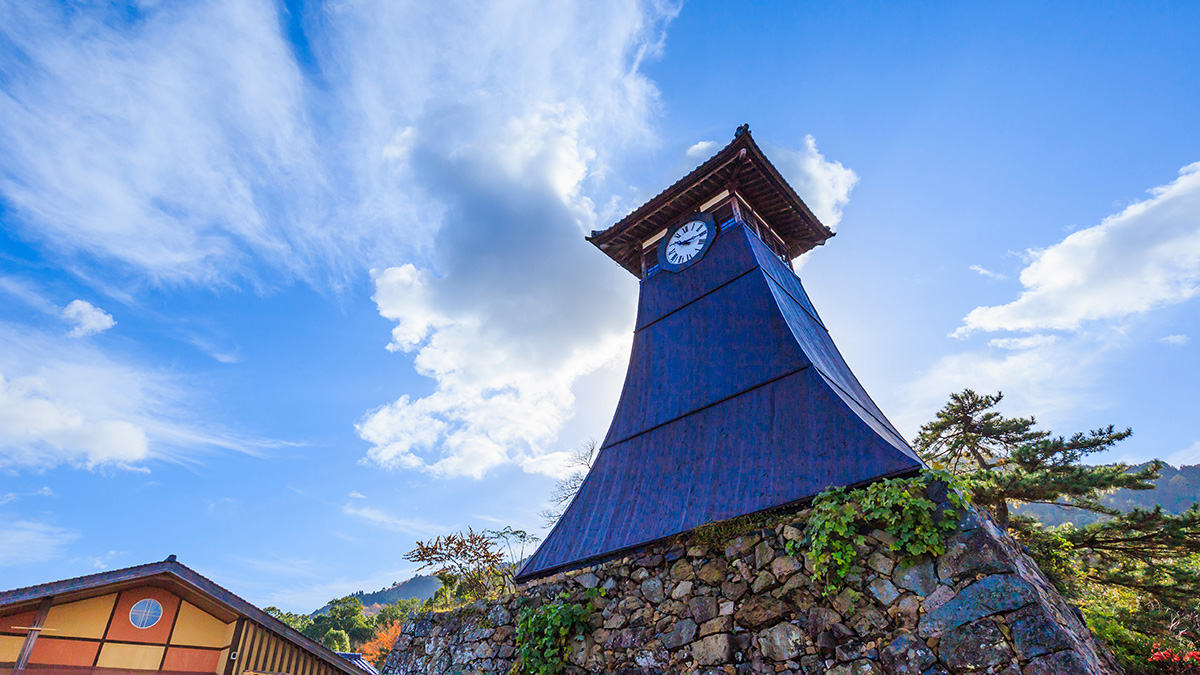Izushi
Izushi-cho is an old town where even the name appears in Kojiki (the oldest historical record of Japan) and Nihon-shoki (the oldest chronicles of Japan). It has been told Amenohiboko (a legendary prince) of Silla who is also viewed as an ancestor worshipped as a deity of development of Tajima Province (an old province of Japan) came from abroad and opened the place here and the name of town originates from “Izushi no katana” (a sword of Izushi) a treasure of Amenohiboko. It has also been told that the provincial governor’s office of Tajima was placed here and large quantities of equipment for purification such as “Hitogata” and “Yugushi” have been excavated, proving the existence of “Sunairi iseki” (Sunairi remains) in the Hakaza area.
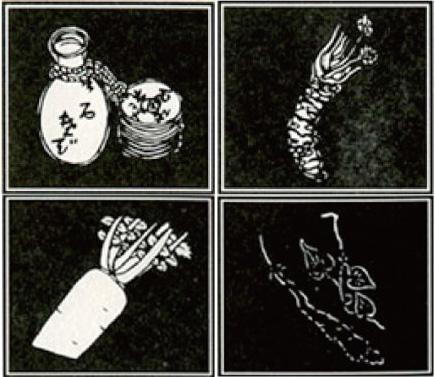
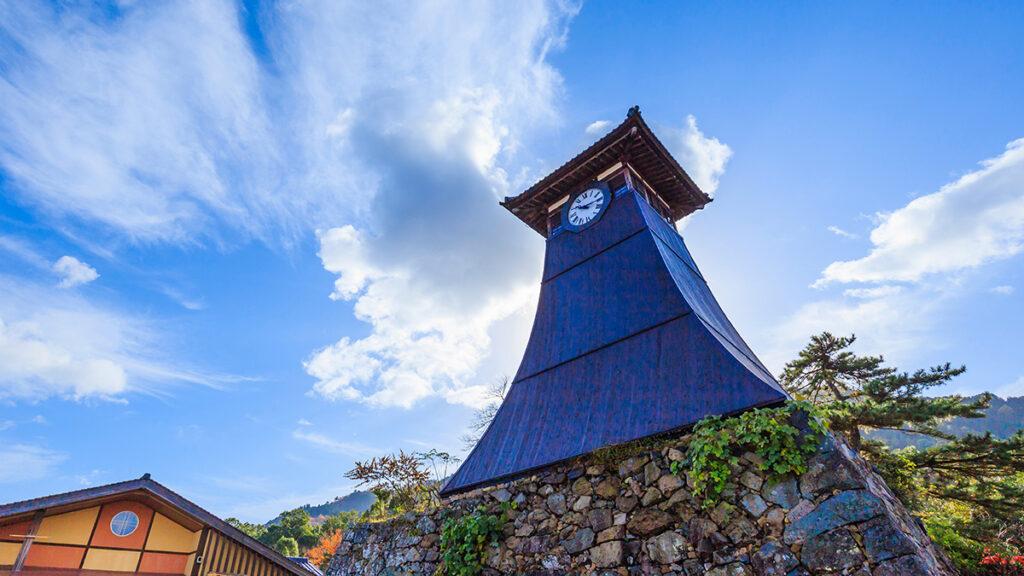
History of Izushi
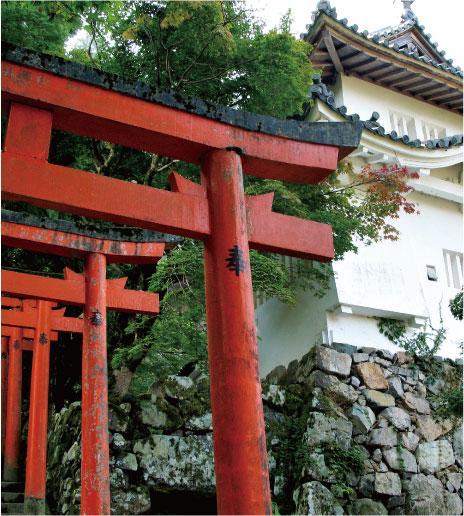
In Muromachi era, Tokiuji Yamana, who appears in the “Taiheiki”, conquered Tajima area and his son Tokiyoshi established a base on Mt.Konosumi in Miyauchi. The Yamana clan ruled 11 provinces out of 66 provinces all over Japan and was called “Rokubun no ichidono”. An internal conflict among the clan from the Meitoku War resulted in a governor for only 3 provinces. Eventually, Sozen, a grandson of Tokiyoshi regained his forces and became a general of the West Squad during the Onin War. However, in the Age of Civil Wars, the Yamana clan were overwhelmed and attacked by Hideyoshi Hashiba of the Oda Squad leading to the fall of the Suketoyo Yamana and Konosumiyama castle. Suketoyo transferred the castle to Mt.Ariko and protected it. However, Arikoyama castle fell to Hideyoshi’s brother Hidenaga, and the Yamana clan was destroyed. Hideyoshi entrusted Masatoshi Kinoshita to protect the castle and the lord of castle changed to Jinbe Aoki to Nagayasu Maeno and after them Yoshimasa Koide from Hanshutatsuno owned 33000 koku as the lord of castle. Yoshifusa, a child of Yoshimasa, abolished the mountain castle and built Hirayama castle at the foot of the mountain and developed a castle town.
The Koide clan continued for the 9th generation, approximately 100 years, ending due to a lack of successor and Tadanori Matsudaira was transferred from Musashinokuniiwaki in 1697.In 1706, Masaakira Sengoku of Shinshuueda was transferred in replacement of the Matsudaira clan. The Sengoku clan ruled Izushi Domain for the 7th generation, however, diminished territory,(down to 3000 goku by the time of the Sengoku dispute until the Meiji era).Izushi ware, a traditional craft of Izushi started in the middle period of the Edo era and also, it has been told Izushi soba presented as a special product began when the Sengoku clan brought buckwheat noodles to artisans.
In July 1871, Izushi Domain became Izushi Prefecture by the abolition of feudal domains and the establishment of prefectures as they were incorporated into Toyooksa Prefecture in December the same year. A large fire on 26th, March 1876 made the old castle town a sea of flames and burned down 966 houses, 39 shrines and temples and 29 storehouses. In August the same year, Toyooka Prefecture was incorporated into Hyogo prefecture. Moreover, Izushi-cho, Murohani-mura, Osaka-mura and Kamiyoshi-mura were created by the implementation of a municipal system in 1889. In September 1957, the merger of combining 1 town and 3 villages (excluding the Anamiya area in Kamiyoshi-mura) was completed, making the new Ishizu-cho still in existence today.
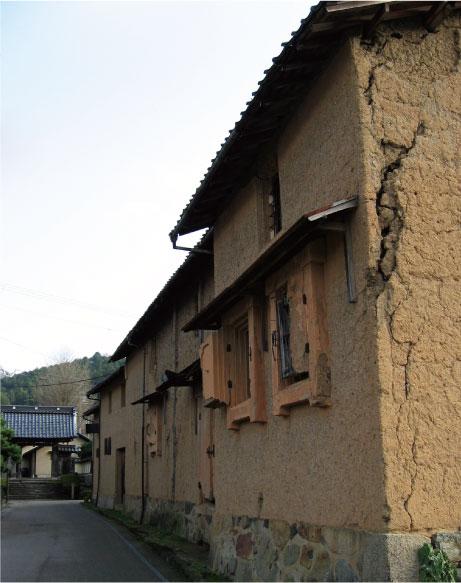
History of soba
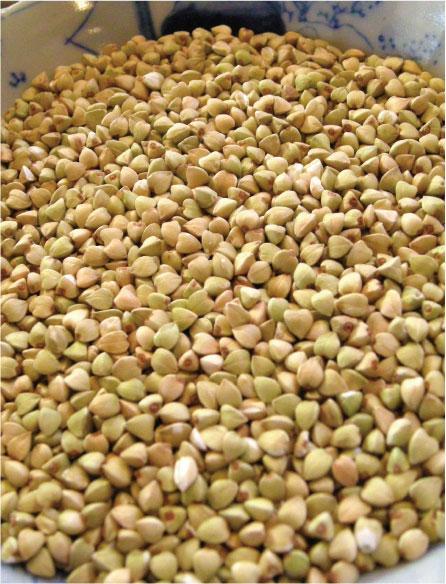
From long ago, buckwheat has been passed down as the last resort food for poor farmers. There are many folk tales based on buckwheat and most of them deeply relate to the life of farmers and emotions have often been described through it.
The red straw of buckwheat has been compared to the color of blood and the triangle seed has been compared to tears of sorrow.
The fantastic small flower has brought small amounts of joy while leaving many sad anecdotes. The famous places of buckwheat continue today in poor places, with villages such as Shinshu, Morioka and Izumo passing through generations while it maintains its deep connection to life in these places. “Izushi soba” is no exception, as the water of Izushi that supports buckwheat is also believed to be another reason for buckwheat’s delicious taste. It can be made because of the blessed water in the village of Izushi and buckwheat flour. It is exquisite with the light, simple and refined taste that cannot be found in other buckwheat noodles.

